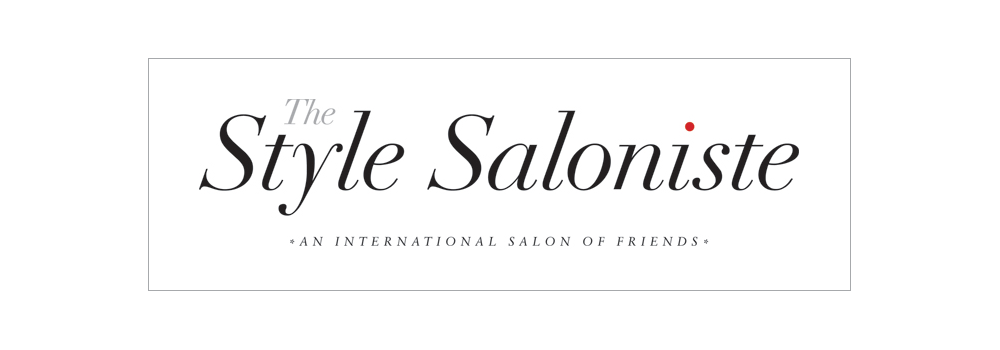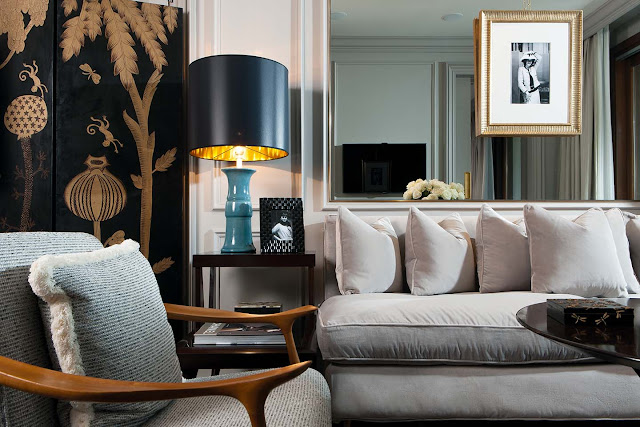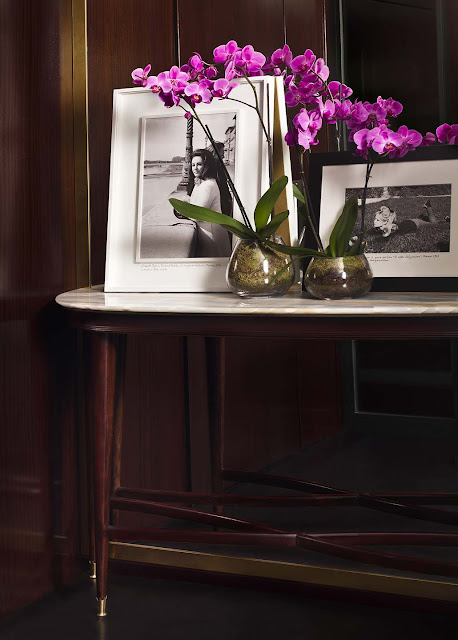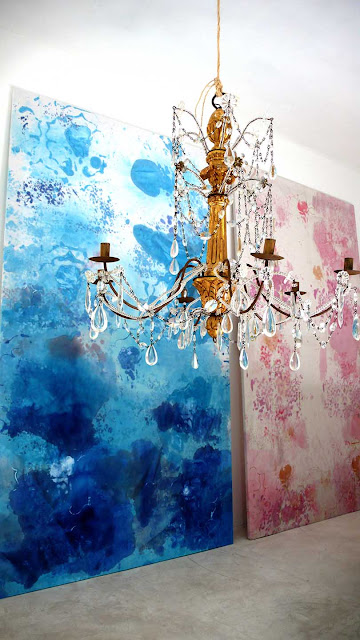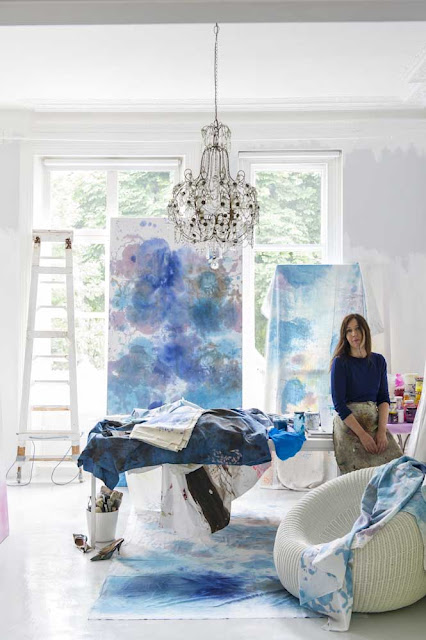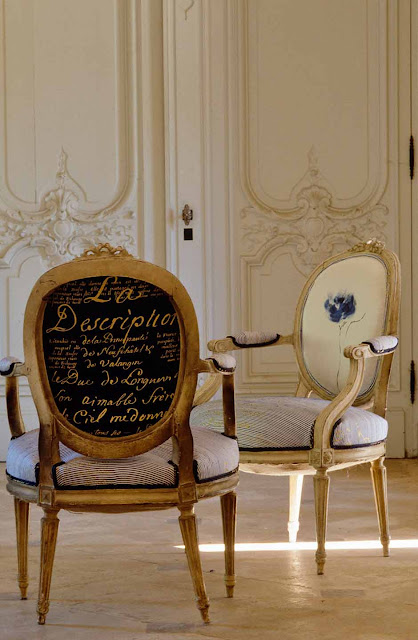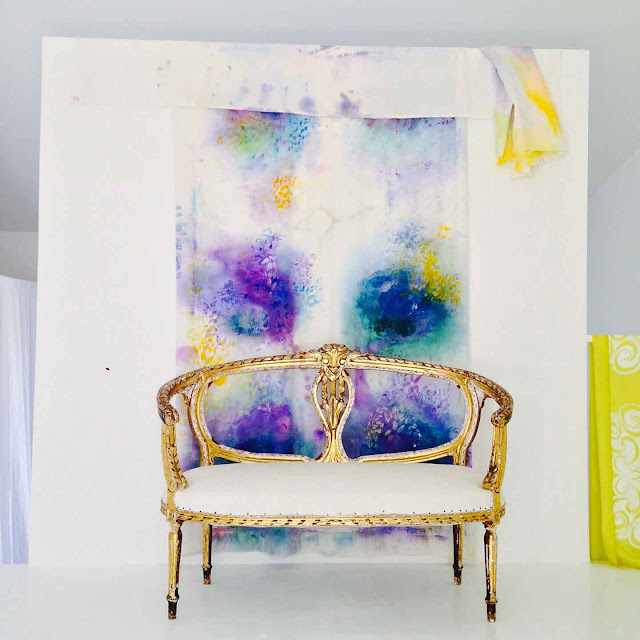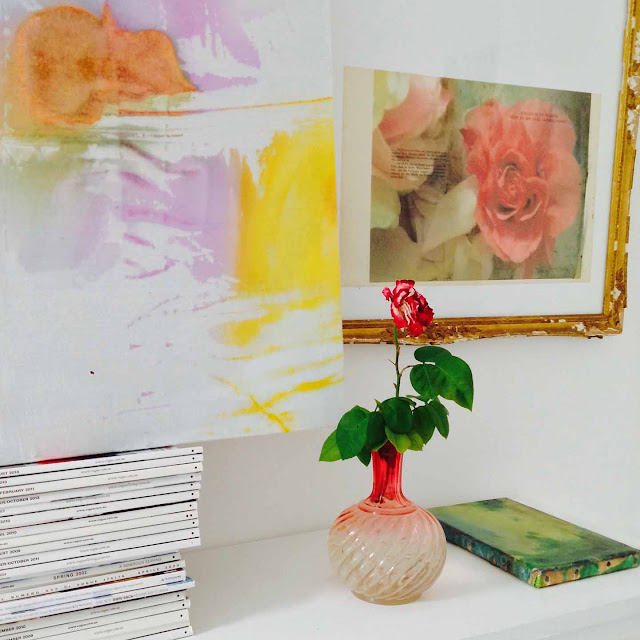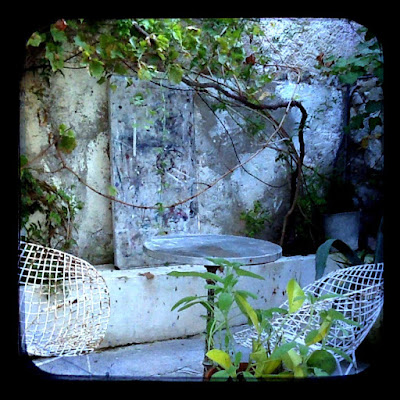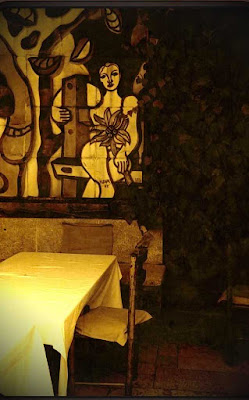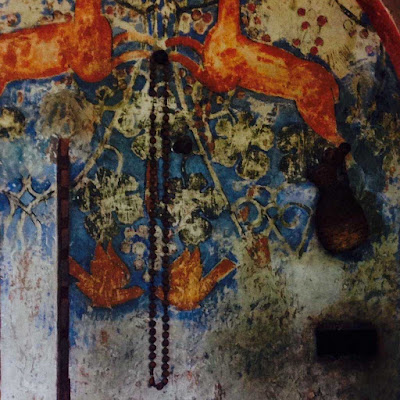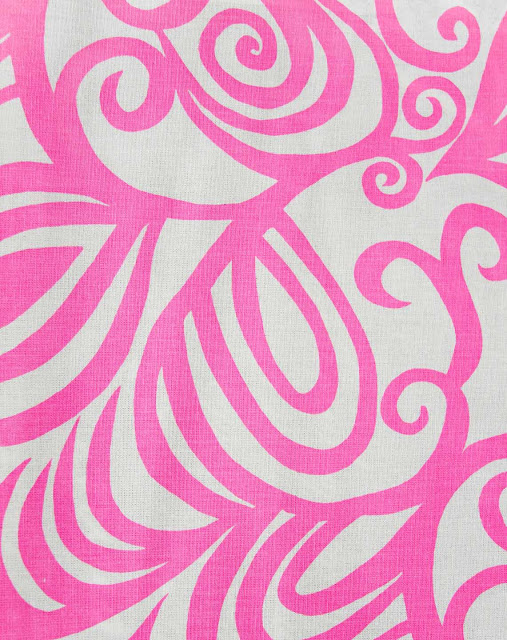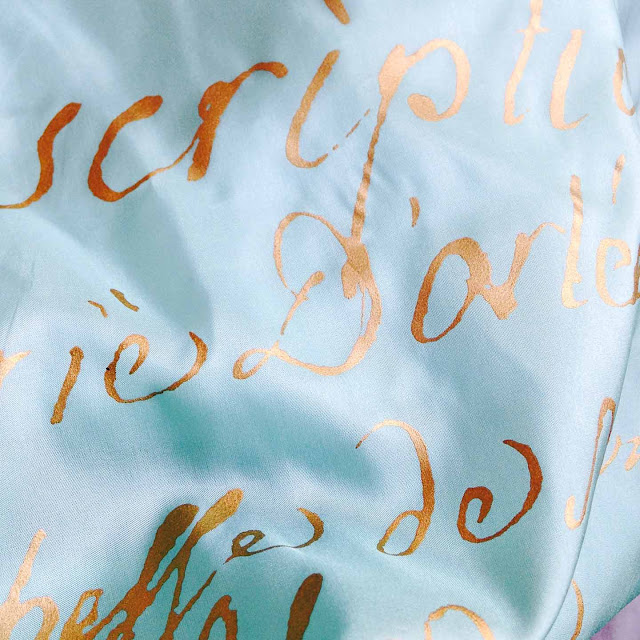You’ll want to bookmark this guide and report.
On a recent trip to Florence in late fall, I discovered an ultra-private and elegant new hotel, the Portrait Firenze, and I fell in love once again with Giotto and Piero della Francesca.
Autumn mists enhanced the mood.
Come with me for a surprising visit. I hope you have a bottle of Chianti Classico to pour. Or a glass of Prosecco would be a perfect accompaniment.
Scroll down for my truffle hunting report — on the hunt for the elusive white truffle — and I’ve selected a book list, as well as favorite paintings, and places I love. Oh, and you’ll meet Giotto the expert truffle-hunting dog. Come with me for a surprise or two.
This post is long—and you may wish to print it out for reference for later trip-planning.
On a recent trip to Florence in late fall, I discovered an ultra-private and elegant new hotel, the Portrait Firenze, and I fell in love once again with Giotto and Piero della Francesca.
Autumn mists enhanced the mood.
Come with me for a surprising visit. I hope you have a bottle of Chianti Classico to pour. Or a glass of Prosecco would be a perfect accompaniment.
Scroll down for my truffle hunting report — on the hunt for the elusive white truffle — and I’ve selected a book list, as well as favorite paintings, and places I love. Oh, and you’ll meet Giotto the expert truffle-hunting dog. Come with me for a surprise or two.
This post is long—and you may wish to print it out for reference for later trip-planning.
I was fortunate to stay at the Portrait Firenze hotel. I loved it.
It faces the Arno river (of Dante fame) and suites look directly down to the Ponte Vecchio. The Portrait Firenze is part of the Lungarno Collection, owned by the Ferragamo family, whose headquarters are nearby. Several friends have stayed there recently while on business in Italy, and they also found the Portrait’s modernity and small size and location just right.
It faces the Arno river (of Dante fame) and suites look directly down to the Ponte Vecchio. The Portrait Firenze is part of the Lungarno Collection, owned by the Ferragamo family, whose headquarters are nearby. Several friends have stayed there recently while on business in Italy, and they also found the Portrait’s modernity and small size and location just right.
I arrived at the Portrait hotel after a long flight from San Francisco to Munich, and then onward to Florence. That’s about seventeen hours or more, door to door.
Guests are quickly swept up to their accommodations—and arrival is smooth, welcoming, and very much like returning home. (If only.)
The Portrait had sent a detailed electronic questionnaire ahead—so my ideal pillows and chocolate treats were there, along with beautiful fresh fruit and mineral waters. (I’d also ordered breakfast in advance.)
The décor: palest grey, airy and modern with a glance at Gio Ponti. Rooms feel relaxed, crisp and very fresh. Sitting rooms are spacious and chairs and sofas face the views. From my terrace (sunny in the morning), I could hear soft voices of people talking on the Ponte Vecchio. It’s magical.
I especially loved the entry of the Portrait…with a lounge instead of a formal lobby. Concierges are there to make bookings, help with directions or a reservation.
One concierge who knew I was interested in church interiors recommended a five-minute walk to Santa Trinita church, which was about to re-open for the late afternoon.
The church interior includes the Sassetti chapel. The focus is a series of dazzlingly beautiful paintings by Ghirlandaio with exquisitely delicate detail, colors and vivid depictions that brought tears to my eyes. Transfixing. I was alone there, except for two priests at a desk quietly arranging postcards and guides to the paintings.
The Portrait hotel is also near the Santa Trinita bridge where Dante first viewed Beatrice. It is a block from the Uffizi.
The front entrance is so discreet, it’s like arriving at a private residence. Guests just disappear inside, and are greeted and discreetly escorted upstairs to quiet suites and utter privacy.
Interior architecture and décor of the Portrait Firenze is by Michele Bonan, based in Florence. The 37 suites feel modern and clean-lined but with a mid-century Italian feeling.
Suites have a walk-in wardrobe, and bathrooms in Carrara marble. I especially admired Bonan’s artfully concealed bar/ kitchenette that opens to reveal a bar, a coffeemaker, and ingredients for a cocktail, some tea or a snack.
It’s hard not to be drawn to the terrace, but as background there’s an ultra-flat screen TV, a Bluetooth system for listening to music and watching films, an iPad with docking station, music and DVD libraries, a stereo system, advanced temperature controls and WiFi. It’s hard to leave the suite, but the Uffizi is waiting.
Iconic black and white photos displayed throughout six floors of Portrait Firenze, in the suites and in public areas, depict he city’s golden period from the Fifties to the Sixties. They portray Italian high fashion and international celebrities and entertainment personalities of the time, like Maria Callas, Franco Zeffirelli, Anna Magnani, Vittorio Gassman and Sophia Loren; royal families, the Duke of Windsor, Grace Kelly.
I loved the retro look at Italian fashion, with designers like, Roberto Capucci, Simonetta Visconti and Emilio Schubert. Of course there are also photos of Salvatore Ferragamo, his daughter Fiamma Ferragamo, and some of the designers he collaborated with including Christian Dior.
The Wild Pleasure of Truffle Hunting
I was fortunate to be in Florence in the fall. The concierges at Portrait arranged for me to spend a day truffle hunting in northern Tuscany with a group of friends.One hour’s drive northwest of Florence, toward Pisa, is the agricultural region of Forcoli. It’s set in a verdant landscape of meadows and hills and forests—rather like a Renaissance painting of bucolic life.
There we met the Savini family, the master truffle hunters of Savini Tartufi who find truffles for the likes of Thomas Keller (Per Se and The French Laundry) and other top US and UK chefs.
The Savini family has 650 truffle hunters who supply seasonal black and white truffles and many varieties all year.
The family has run the business since the early twenties—we met father, Luciano Savini and his wife Carla, and their very congenial sons Cristiano and Carlo, who are expert truffle hunters, and their talented daughter Romina. Mother, Carla, cooked the fantastic lunch that followed our morning truffle hunting.
We set out into the forest a few miles from Savini headquarters. The weather was cool and fresh, with flashes of sun flickering in the larch trees. For perhaps half an hour we walked through the poplars and old oaks and diligently followed the hunters and their frisky little white ‘lagotto’ dog, Giotto. Giotto leaped ahead, eager to find truffles. Milk-bone.
The day was so beautiful, I was lost in the moment and not thinking of truffles until suddenly Giotto ran into a grove and started barking and digging furiously. Our first truffle. White. Cristiano dug it out from the poplar roots. It smelled heavenly—the best truffle aroma, pure, fresh and earthy. Giotto got his treat.
We plunged further into the forest. It was so beautiful and peaceful I forgot about the truffles, until once more Giotto went bounding off. We ran after him, as he kicked up dirt and ivy leaves, and found another white truffle.
Yes, like finding gold.
Cristiano ran ahead with Giotto and we marched through the brambles and along the leafy trails, happy in the day and company.
Giotto barked and dashed off into the tangle of larch, oak and poplars—and started digging with great excitement. Carlo gave him his treat—and dug out another white truffle. It was a triumph.
We hiked back through the forest, fortunate and now rather hungry.
On the menu—our white truffles, fresh and pungent.
Lunch at the Savini headquarters included white truffle paté on bruschetta, as well as buttery tagliarini with white truffles (lots) on top. This was followed by a baked egg with showers of white truffle. This was a surprise, and perhaps an egg yolk is the perfect background for the truffle.
No, I did not get tired of truffles. Each dish introduced them anew.
 |
| A fresh dish of tagliarini with the white truffles Giotto found. |
Desert was walnut ice cream with sun-dried figs drizzled with white truffle infused wild honey. Divine. Honey and truffle are the perfect counterpoint, a lovely memory and ending for this wonderful lunch, which was accompanied by a series of regional wines.
We bade farewell to the Savini family, grateful for this rare experience and a glorious day of hunting.
Four Florence Favorites
Vasari Corridor: This is the secret art-filled corridor the Medici family walked along, in total privacy, from their Uffizi to the Pitti Palace. You must book in advance. It’s one of the wonders of Florence, like ‘sleight-of-hand’ as you walk, hidden, across the Ponte Vecchio, through a church, and into the palazzo.
The Basilica of Santa Croce: Go early, go late. A divine afternoon can be spent gazing at the newly restored Giotto frescoes and swooning (Stendhal syndrome) at the colors, the movement, the beauty of his soaring images. I always pay homage at the funerary monuments of Dante, of course, and Michelangelo, and Machiavelli, Rossini, Gentile, Marconi, and Galileo, and the artists like Canova who created these marvels. Book online.
Boboli Gardens: Wander up the hill from the Ponte Vecchio, late afternoon, any time of year. It’s a lovely ramble, and the gardens are full of discoveries and delights and drama. Linger, read a book, listen to the birds, and dream.
Uffizi: It is madly crowded so book online, far ahead. The best way to enjoy it: choose one or two artists only (Piero della Francesca is one of my favorites) and three or four paintings/works that you are dying to see, with a passion.
Focus on finding those works—and ignore the tumult around you. My recent absolute crushes: Piero della Francesca’s portrait of Federigo II de Montefeltro (circa 1470); Piero della Francesca’s delicate profile portrait of Battista Sforza, Duchessa di Urbino (circa 1467); Botticelli’s portrait of a young man with a medal; Raffaello’s portrait of a young man with an apple; Piero del Pollaiolo’s (attributed) magnificently detailed portrait of a woman (circa 1475). Piero della Francesca was the painter Cy Twombly admired most.
Vivid, witty, frisky and romantic, E.M. Forster’s novel opens in a Florence pensione overlooking the Arno (the view). I recently read it twice—once before flying to Florence and again on my return. It’s delicious. Forster’s evocation of Florence, Santa Croce of course, the period, is intense. I loved the mad English crowd. Forster’s scene in the countryside is sensual and highly detailed. Read the book, watch the film. Delightful.
‘Tuscany and Umbria: The Collected Traveler. An Inspired Companion Guide’, edited by Barrie Kerper. (A Vintage Departures Original)
The Basilica of Santa Croce: Go early, go late. A divine afternoon can be spent gazing at the newly restored Giotto frescoes and swooning (Stendhal syndrome) at the colors, the movement, the beauty of his soaring images. I always pay homage at the funerary monuments of Dante, of course, and Michelangelo, and Machiavelli, Rossini, Gentile, Marconi, and Galileo, and the artists like Canova who created these marvels. Book online.
Boboli Gardens: Wander up the hill from the Ponte Vecchio, late afternoon, any time of year. It’s a lovely ramble, and the gardens are full of discoveries and delights and drama. Linger, read a book, listen to the birds, and dream.
Uffizi: It is madly crowded so book online, far ahead. The best way to enjoy it: choose one or two artists only (Piero della Francesca is one of my favorites) and three or four paintings/works that you are dying to see, with a passion.
Focus on finding those works—and ignore the tumult around you. My recent absolute crushes: Piero della Francesca’s portrait of Federigo II de Montefeltro (circa 1470); Piero della Francesca’s delicate profile portrait of Battista Sforza, Duchessa di Urbino (circa 1467); Botticelli’s portrait of a young man with a medal; Raffaello’s portrait of a young man with an apple; Piero del Pollaiolo’s (attributed) magnificently detailed portrait of a woman (circa 1475). Piero della Francesca was the painter Cy Twombly admired most.
Three Favorite Books about Florence
‘Room with a View’ by E. M. Forster (first published in 1908)Vivid, witty, frisky and romantic, E.M. Forster’s novel opens in a Florence pensione overlooking the Arno (the view). I recently read it twice—once before flying to Florence and again on my return. It’s delicious. Forster’s evocation of Florence, Santa Croce of course, the period, is intense. I loved the mad English crowd. Forster’s scene in the countryside is sensual and highly detailed. Read the book, watch the film. Delightful.
‘Tuscany and Umbria: The Collected Traveler. An Inspired Companion Guide’, edited by Barrie Kerper. (A Vintage Departures Original)
Barrie was the editor of one of my first books and I’ve always admired her expert eye and obsession with detail. The chapter on Florence is particularly inspired, with essays from top writers, lists of places for dining and sleeping, what to see, a vivid sense of place. It’s complete immersion and extremely inspiring. Barrie Kerper’s ‘Paris’ volume in this series is also outstanding.
‘The Cognoscenti’s Guide to Florence, Shop, and Eat like a Florentine’ by Louise Fili and Lise Apatoff (Princeton Architectural Press 2015)
‘The Cognoscenti’s Guide to Florence, Shop, and Eat like a Florentine’ by Louise Fili and Lise Apatoff (Princeton Architectural Press 2015)
Pocketsize, this beautifully designed volume is a highly personal guide to only-in-Florence traditional boutiques, craft and galleries, little cafés, and the authors’ favorite places for coffee, gelato, books, lunch, wine, buttons, silk, gifts and children’s toys and more. I found the walking tours inspiring, and wandered about happily for hours following Louise and Lise’s recommendations, filling my pockets with candy and chocolates and paperbacks along the way. The book is exquisitely designed by Louise. Highly recommended and essential.
Dining in Florence
The Tuscan cuisine is superb, and in the fall/winter it is especially delicious. I loved the two restaurants at Portrait hotel. I especially liked the helpfulness and charm of wait staff and the pleasures of dining ‘on site’ and overlooking the Arno. The Portrait feels like ‘home’ and it’s very pleasant to enjoy breakfast there in the sunshine.After a glorious day of truffle hunting, the concierge secured a hard-to-get reservation and I walked five minutes to Cammillo Trattoria, a local favorite that’s decades old and still closely managed by the family. It was highly recommended by my two Tuscan friends, Maria Manetti Shrem and Rolando Beramendi.
Cammillo, founded in 1945 and now run by Chiara Massiero, is a boisterous and happy place, and if you’re lucky you are positioned in a table in the main room.
Don’t even look at the menu. Put yourself in the hands of the waiter. Ask what’s special, what’s just in, what he recommends.
I requested a glass of Chianti Classico and we immersed ourselves in the atmosphere, and chattered about truffle hunting.
The waiter brought a delicate fritto of ricotta-stuffed zucchini flowers, and then a fantastic buttery bucatini with a shower of delicate bottarga (artisanal sun-dried red mullet roe from Sardinia). It was simple, rich and divine. Perfect for the occasion. We walked across Santa Trinita bridge to via Tornabuoni, and window-shopped at Gucci and further along at Richard Ginori (now revived by Gucci), and Salvatore Ferragamo’s atelier, as well as Prada. Fun stuff. As a post-prandial stroll, it was perfect and the Portrait Firenze is close to everything.
The following evening I was extremely fortunate to dine at the marvelous Borgo San Jacopo at Hotel Lungarno, which has just been given one star by Michelin. I think three stars!
Our table was adjacent to windows overlooking the Arno and the Ponte Vecchio. Divine.
Chef Peter Brunel and his team offer a modern menu inspired by the season and Tuscan tradition. I’ll be writing about it in detail next month. I propose reserving early. It’s popular. And, at the end of the evening, request a visit to the kitchen to meet Peter’s charming kitchen staff—and enjoy desert there. More to follow. It’s a very special experience.
Portrait Hotel, Florence
I suggest a room with a terrace overlooking the Arno and the Ponte Vecchio. It’s a very special experience to stand on the terrace—and gaze directly onto the Ponte Vecchio, and watch rowers heading up-river. You can hear people talking on the bridge—and get a very special sense of Florence, very intimate. In particular, I found concierges extraordinarily helpful—and staff make appointments, secure hard-to-get tickets, or arrange trip to the hills of Fiesole in a little tuk-tuk for the best views of Florence. They will make an appointment for truffle-hunting with the Savini family, followed by lunch. They arranged for me to take a cooking lesson at Desinare at Riccardo Barthel, and I highly recommend it. The lesson: a classic Tuscan lunch, which you prepare, cook and enjoy. Most wonderful, and it takes place in a ‘designer’ setting surrounded by Riccardo Bathel’s antiques and style vignettes.
Portrait Firenze
Portrait Firenze
Lungarno degli Acciaiuoli
4 -50123 Firenze
Tel + 39 05527268000
Savini Tartufi (Savini Truffles)
Savini has an extensive selection of high-quality products including (my recommendations) white truffle pâté to enjoy with risotto, in scrambled eggs, or swirled into gnocchi. Savini also offers a superb white truffle honey (honey with a truffle contained in the glass jar) that makes a fine accompaniment to cheeses, or in a desert with handmade ice-cream or with a delicate apple tart. The company offers excellent recipes.
www.savinitartufi.it
Where to find in the US: Savini sent me the following sources. Good luck. The products are superb.
MRS GREENS - NYC
BERGDORF - NYC
ELIZBAR - NYC
WHOLE FOODS - CHICAGO
CITY OLIVE - CHICAGO
EPICURE- MIAMI
IGOURMET JP GRAZIANO - CHICAGO
Where to find in the US: Savini sent me the following sources. Good luck. The products are superb.
MRS GREENS - NYC
BERGDORF - NYC
ELIZBAR - NYC
WHOLE FOODS - CHICAGO
CITY OLIVE - CHICAGO
EPICURE- MIAMI
IGOURMET JP GRAZIANO - CHICAGO
CREDITS:
Images of the Portrait Hotel courtesy of the Lungarno Collection, Florence. Used here with express permission.
Images of Savini truffles and the Savini family courtesy Savini Tartufi, Forcoli, Pisa, Italy.
